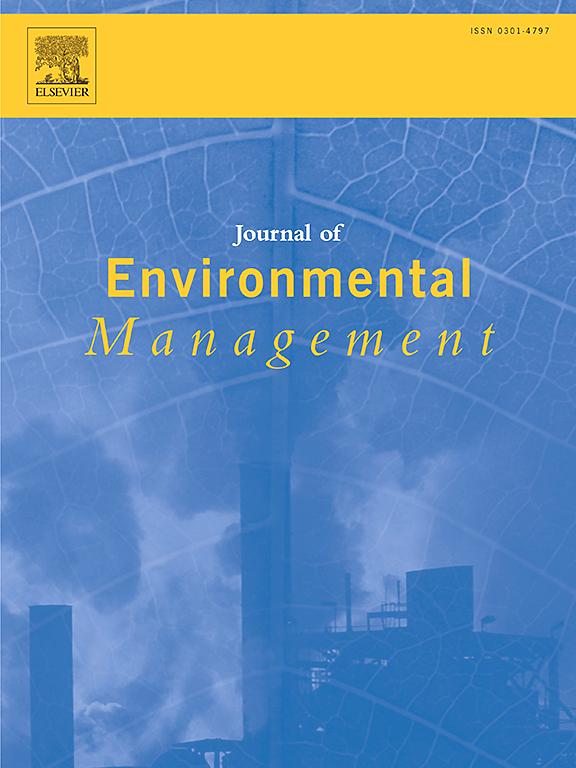Enhanced bryophyte communities, but challenges for lichens following translocation of deadwood in ecological compensation
IF 8
2区 环境科学与生态学
Q1 ENVIRONMENTAL SCIENCES
引用次数: 0
Abstract
Habitat restoration and ecological compensation are gaining attention as methods to offset habitat loss from landscape exploitation, but few studies assess their impact on species and communities, particularly in boreal forests. We evaluated a novel ecological compensation method; the translocation of deadwood and associated species from an impact area to a compensation area. Our study focused on assessing species richness and assemblage composition of epiphytic bryophytes and lichens on translocated (637 substrates) and naturally occurring Scots pine (Pinus sylvestris L.) and Norway spruce (Picea abies (L.) H. Karst) logs in a compensation area in northern Sweden. We also assessed the effects of translocated deadwood density and dead wood type on these assemblages. We recorded 52 bryophyte species and 38 lichen species. For lichens, only species confined to deadwood were included. Translocated logs significantly altered bryophyte and lichen assemblages in the translocation plots. Bryophyte richness increased over time as colonization was higher than species loss, while lichen richness remained stable with colonization of new species and disappearance of translocated species occurring at similar rates. Bryophyte colonisations mainly involved generalist forest species. Higher deadwood density in translocation plots increased bryophyte species richness but had no effect on lichens, whereas diverse deadwood types promoted conservation success for both groups. Logs of intermediate decay and snags (deadwood originating from standing dead trees) supported distinct communities, though lichen species on snags declined four years post-translocation. Our results highlight the need to include diverse substrates in conservation translocations to maximize the number of translocated species. Although translocating entire communities presents challenges, it offers a promising tool for species conservation and ecological restoration.
求助全文
约1分钟内获得全文
求助全文
来源期刊

Journal of Environmental Management
环境科学-环境科学
CiteScore
13.70
自引率
5.70%
发文量
2477
审稿时长
84 days
期刊介绍:
The Journal of Environmental Management is a journal for the publication of peer reviewed, original research for all aspects of management and the managed use of the environment, both natural and man-made.Critical review articles are also welcome; submission of these is strongly encouraged.
 求助内容:
求助内容: 应助结果提醒方式:
应助结果提醒方式:


